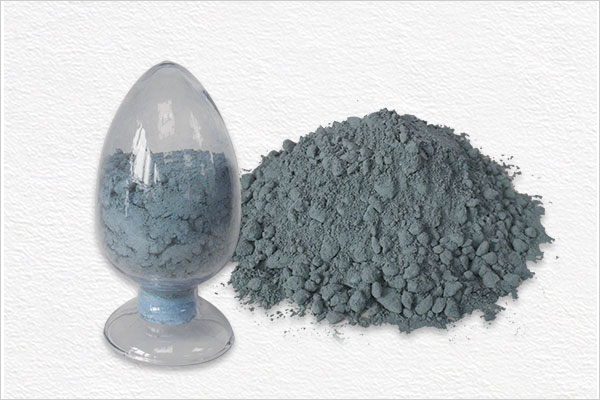There is a big difference between low-cement self-flowing castables and vibrating refractory castables. Self-flowing castables are leveled without external force, relying on self-flowing to form a lining, which has fluidity, filling and stability.
The fluidity of the self-flowing castable depends on its own flow, no segregation or plugging occurs through the gap, and the performance after burning is stable. Adding sillimanite, andalusite, and kyanite can better control expansion and offset firing shrinkage. Low-cement artesian refractory castables use micro-powder technology to control the composition and formation process of the binding phase to prevent excessive densification after firing.
Improving the fluidity of self-flowing castables is the key to refractory castable manufacturers. Generally, increasing the amount of matrix reduces the contact between particles. In addition, the method of increasing the potential through the adsorption of charges on the surface of colloidal particles can also reduce the contact between particles. Such as increasing the amount of SiO2 powder, thereby increasing the repulsive force between negatively charged particles, in order to achieve better fluidity. The particle composition of low-cement self-flowing castables is: coarse particles 1.0mm, ultrafine particles smaller than 0.045mm) when the castable has the best fluidity.
The high alumina cement in the low cement self-flowing castable is most suitable at 2%. When the addition amount is low, the strength of the self-flowing castable at 110°C is low, and when the addition amount is high, the amount of water required to reach the self-flowing state increases, accompanied by a decrease in bulk density and other properties. The fluidity of self-flowing castables increases with the increase of the amount of SiO2 powder.

